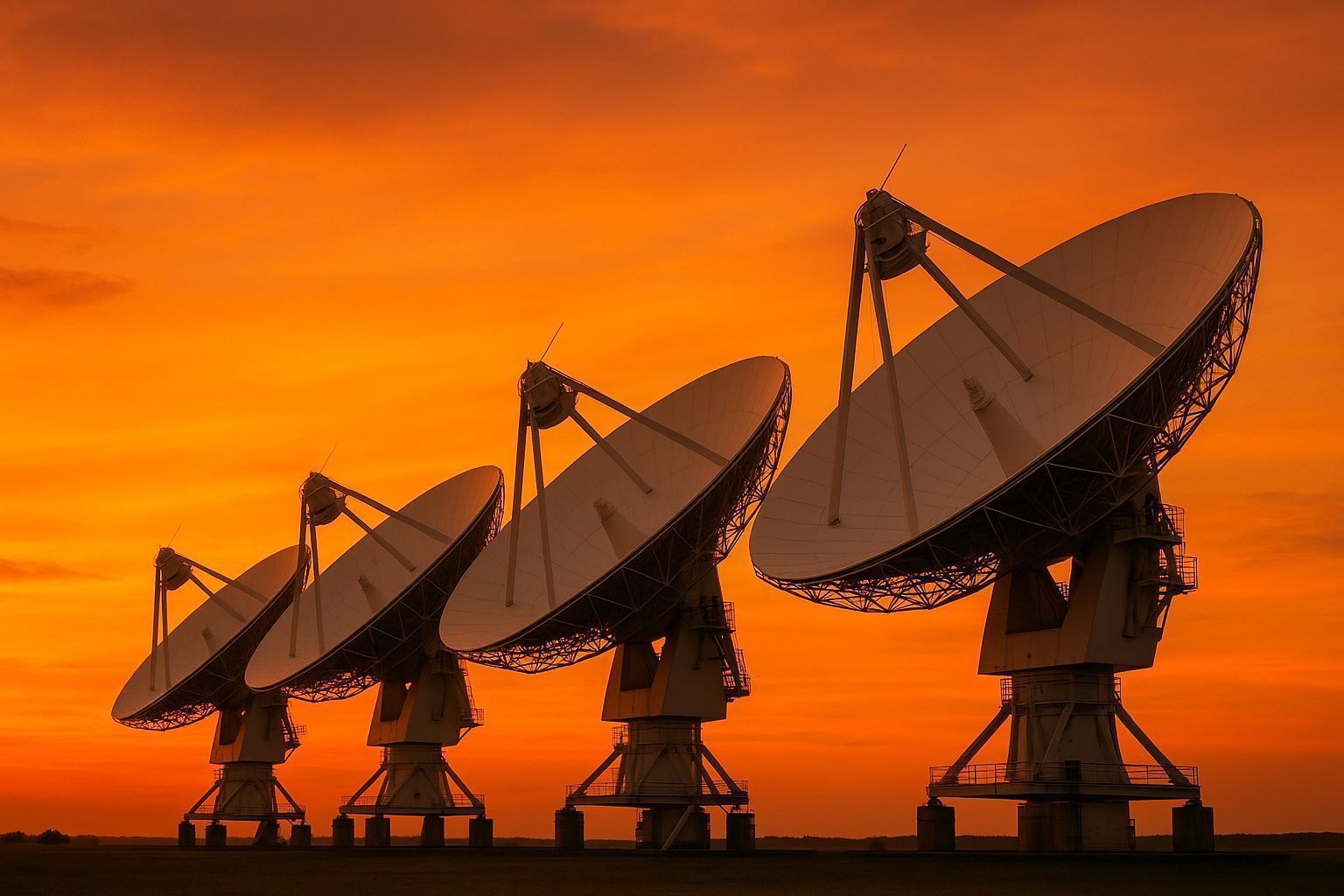
Sky Watchers: The 2025–2033 Boom in Weather & Climate Satellite Constellations
Over 5,400 Earth observation satellites are projected to be launched globally from 2024 to 2033, nearly triple the previous decade. NOAA’s GeoXO program will deploy at least three geostationary satellites (with options up to four more) to upgrade GOES-R and
